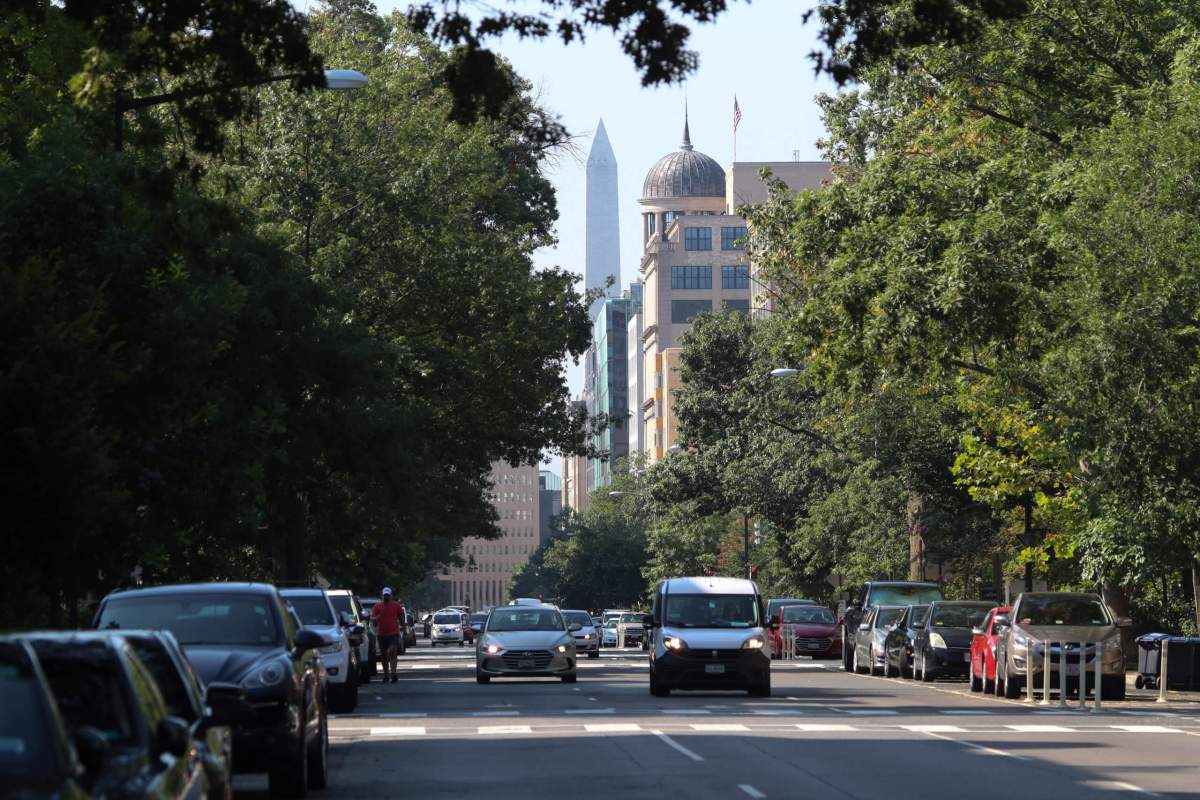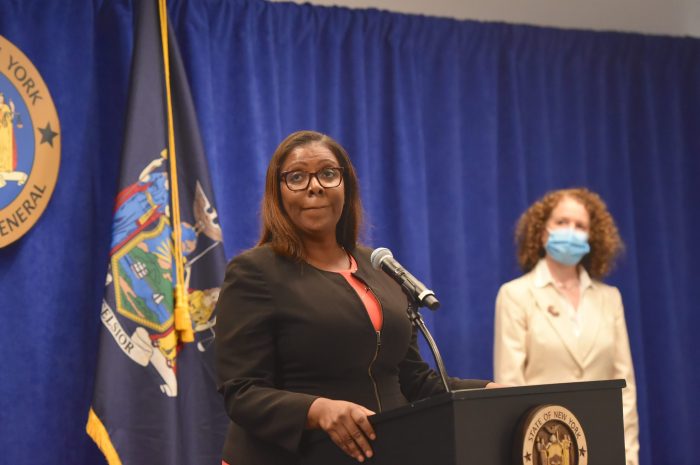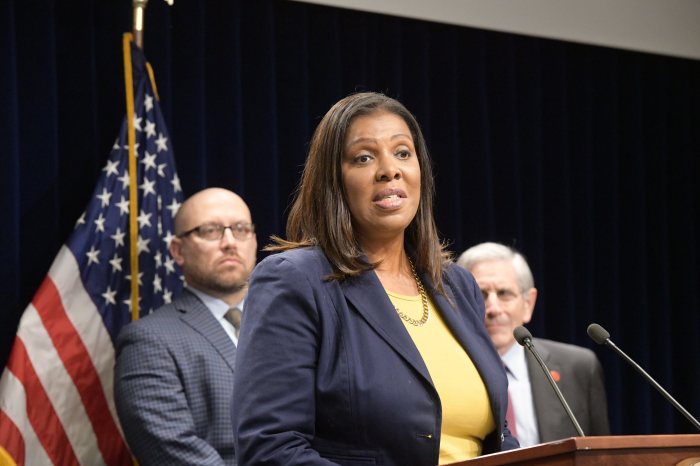The attorneys general of 17 states and the District of Columbia on Tuesday urged the U.S. National Highway Traffic Safety Administration (NHTSA) to adopt long-delayed side-impact standards for child car seats.
Congress first asked the agency to set the standards two decades ago. The states, led by New York and Connecticut, in a letter also urged the U.S. auto safety regulator to mandate that all car seat labels include guidance that every child should remain in car seats until exceeding maximum height or weight standards set by NHTSA.
“As a result of NHTSA’s inaction, there currently is no government standard for side-impact testing in the United States for any child restraint system,” the state attorneys general wrote.
Asked for its reaction to the letter, NHTSA did not immediately provide comment.
The agency “has a responsibility to adopt clear safety standards for child car seats, and, today, we are making clear that failure to act is unacceptable,” said New York Attorney General Letitia James.
Most manufacturers conduct their own side-impact testing.
In 2000, Congress directed NHTSA to start writing rules to improve “the safety of child restraints, including minimizing head injuries from side-impact collisions” but the agency did not issue new rules. In 2012, Congress gave NHTSA two years to adopt a final rule “to improve the protection of children seated in child restraint systems during side impact crashes.”
A final rule for side-impact standards still has not been issued. President Joe Biden’s administration said in a document it expects it to be finalized before the end of this year.
The agency last September proposed revising recommendations to increase the number of children age 1 or younger who are transported in rear-facing car seats.
NHTSA proposed recommending that all children 26.5 pounds (12 kg) or less be transported in rear-facing car seats rather than the existing recommendation for children 20 pounds (9 kg) or less.


































